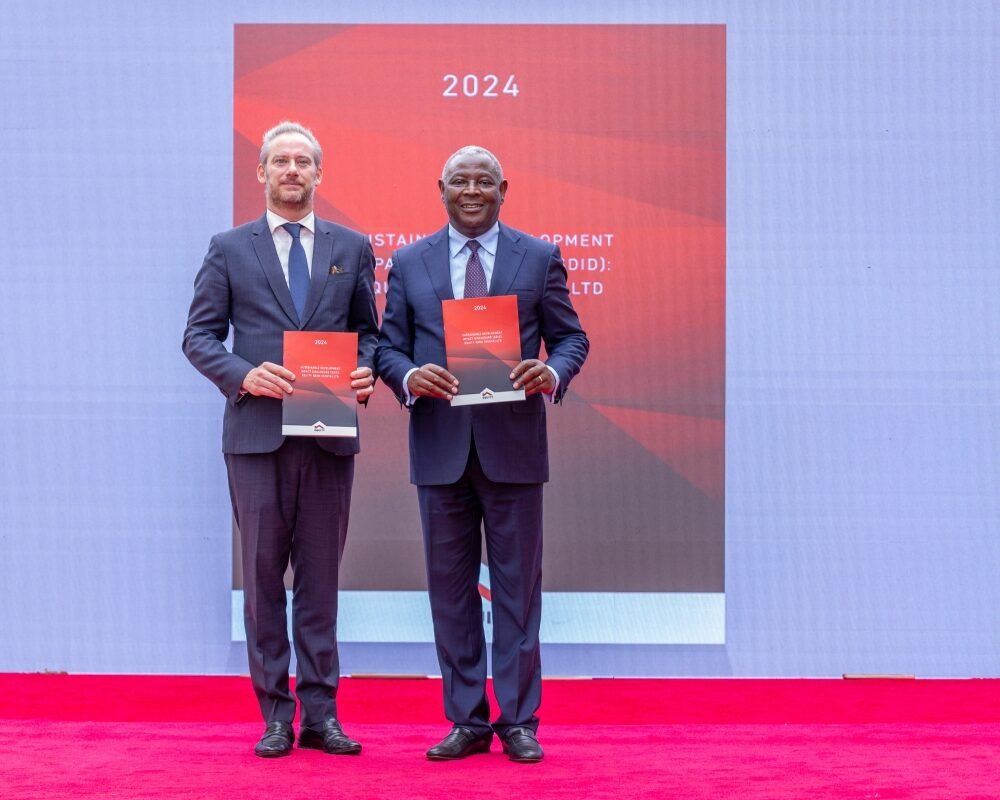
Rising Non-Performing Loans slows Ghana Commercial Bank’s profit by 26% for 2017
The latest Ghana Commercial Bank (GCB Bank) group 2017 financials showed the profit declined from ¢318 million for 2016 to ¢234 million Ghana which is a significant decline in profits for last year.
Reasons
GCB’s financials were not accompanied by notes, however, a careful look at the financials one can attribute it to a significant increase in the bank’s Non -Performing Loans for the year under review.
The earnings showed that the Non-Performing Loans (NPL) went up by 81 percent, from ¢27 million in 2016 to ¢49 million in 2018.
Also, it can be said that GCB’s interest income did not witness significant increase, as it went up from ¢1 billion to about ¢1.1 billion. Revenue also went up marginally to reach ¢1.12 billion cedis for this year.
Performance for first quarter of 2018
GCB also released its financial results for the first quarter of 2018. This was after it sought an extension from the Bank of Ghana and Ghana Stock Exchange in releasing the results.
The numbers again showed a significant decline in profits from ¢66 million in 2017 to ¢38 million in 2018.
Non-performing loans NPLs is still a major concern for the Bank. It‘s NPLs went up by 60 percent to ¢25 million for the first quarter of this year.
Deposits have also reached ¢6.9 billion from ¢4.7. Investments by the Bank also went up significantly, from ¢2.5 billion in 2017 to ¢5 billion.
Borrowings also shot up significantly from ¢32 million to ¢1 billion, another development that could be described as interesting. Total Asset went up by 60 percent ¢9.6 billion.
However, total liabilities ending the first quarter of 2018 reached ¢8.3 billion.
Did UT-Capital “takeover” impact on GCB’s financials?
It is still not clear the impact of the Supply and Purchase arrangement reached by GCB in “taking” over these two banks.
However, analysts say GCB may face some challenges going forward because the Bank has taken too much deposit, which it may not have assets to back going forward unless government steps in.
Again borrowings by the bank had gone significantly by ¢1 billion from ¢321 million, now this has to finance later, which may put a lot of pressure on GCB to generate assets to settle It later.
Some analysts have also argued that, since GCB did not take on toxic assets, it’s performance should have been better than its current situation.
Ye again, another school of thought which has compared the Banks performance to other commercial banks and argued that GCB’s performance may not be that bad.
They say considering that GCB’s Capital Adequacy Ratio dropped from 30 to 21 percent, which was still better than other banks in the country.
GCB’s stated capital according to its financials for 2018 stood at ¢100 million which is lower than the Bank of Ghana (BoG)’s required ¢120 million.



















